January came and went without me visiting a notable Philippine museum and I wasn’t about to let February pass without visiting one. It was with great anticipation that my family (wife Grace, son Jandy, daughter Cheska and grandson Kyle) and I was looking forward to visit the Malacanang Museum and Library, especially with my balikbayan aunt, Pacita B. “Paz” Layug, with Chinese-American friend Harold (a first-time Manila visitor), joining us, both on a short Manila stopover on their Asian cruise. Also joining us was my sister Tellie. We all met up at the Kalayaan Gate by 9:30 AM and our museum tour promptly started at 10 AM.
The Palace grounds, with its huge lawn and tress, and its buildings were truly imposing. Behind it is the Pasig River. The handsome, arcaded museum, housed within the historic Kalayaan Hall (called Maharlika Hall during the time of Pres. Ferdinand E. Marcos), the old Executive Building designed by Ralph Harrington Doane in the elegant Neo-Renaissance style and built in 1920, had the ambiance of an old and grand ancestral house, but warm and homey.
Relaunched in 2003, the museum was, for the most part, restored during the term of Pres. Gloria Macapagal-Arroyo and has been open to the public since then. Photography was allowed but only one camera is allowed per group booking, so we choose Jandy’s Sony AR-3500 digital SLR. Stickers were used to cover our group’s Smartphone lenses.
At the lobby, we met up with Mr. Brian Paul R. Luna, our knowledgeable and lively museum guide. With his assistance, we learned interesting facts, trivia and stories that add to the many narratives about the Philippine presidents and the Palace during our 2-hour tour. He shared with us the rich history of each of the 9 stately, historically important and architecturally significant rooms in the country displaying the impressive legacies of the nation’s past presidents.
The well-maintained museum is organized by theme and by period. It features galleries and exhibits showcasing the heritage of the Palace and the Presidency of the Philippines as well as a well-curated collection of artwork and furniture from the Palace collections. The exhibits include the history of Malacañang Palace, featuring gifts, relics, memorabilia, artwork and photographs, principally at the ground floor rooms which are dedicated to American colonial era. Most are paneled in hardwood and sumptuously carved by Isabelo Tampinco, a renowned Filipino master woodcarver, who also carved the wood and plaster ornamentation.
The first room we visited was the Old Executive Secretary’s Office. It is now a display room for First Ladies (the “Official Hostess of the Palace”), from the time of Manuel L. Quezon’s own first lady, Aurora, to Luisa “Loi” Estrada. However, there was no picture of First Gentleman Jose Miguel “Mike” Arroyo. On the left is the portrait of the controversial Imelda R. Marcos (also the only one with a bronze bust on display), the country’s most beautiful First Lady.
Also on display is the Grand Collar of the Order of Sikatuna, Rank of Raja, usually conferred to Heads of State; table settings, in a regal royal blue accented with gold trim, used for official Palace events; and a sample guest book for official state functions and dinner (including the guestbook, encased in glass, signed by the late Pope John Paul II in 1972).
We all then went up a staircase to the Quezon Executive Office, said to be the first airconditioned office in the Philippines. First used by Pres. Manuel L. Quezon as his office, it was later used by Gen. Fabian Ver, the Chief of the Armed Forces of the Philippines under Marcos During Pres. Corazon C. Aquino’s administration, it was transformed into the office of the Press Secretary.
Inside is the original presidential desk, elaborately carved by Tampinco; and the first state portrait of Quezon on the main wall, done by Leon Gordon, which was first hung in the Palace Reception Hall from 1937 to 1979. Now preserved as an executive office, national and presidential flags, as well as the seal of the president, are displayed in accordance with protocol.
From this room, we moved on to the Roxas Cabinet Room, easily one of the brighter rooms in the Palace, with windows that opened up into terraces. Named after Pres. Manuel L. Roxas, who first used the space as the Cabinet Room, the administrations following him used it for meetings and as offices. In 1981, it was converted into into the control room for President Marcos’ television studio. It is interesting to note that the Seal of the Republic is engraved on the backrest of the 8 chairs.
Next room in line during our tour was the Quirino Council of State Room, colored a shade of ivory, windows draped with heavy curtains and with gold-gilded lanterns lining the wall. Constructed in 1937-39 as the Council of State Room, it was where the newly-reconstituted Council of State during the administration of Pres. Manuel L. Quezon met, a practice kept until the Diosdado P. Macapagal Administration. It was also here that the National Economic Council, today’s NEDA, met. Pres. Manuel L. Quezon preferred to have his cabinet meetings in this room, as did Presidents Elpidio R. Quirino, Carlos P. Garcia and Diosdado Macapagal.
Presidents Roxas, Quirino, Magsaysay, Garcia, Macapagal, and Marcos also had important meetings in this room and it was here, until the Marcos administration, that officials generally took their oaths of office before the President of the Philippines. From the administration of Pres. Manuel Roxas until Carlos P. Garcia, all treaties and conventions entered into by the Republic of the Philippine and foreign governments were also signed in this room. Pres. Elpidio Quirino (on April 17, 1948, after the sudden demise of Pres. Manuel Roxas) and Carlos P. Garcia (on March 18, 1957, after the tragic death of Pres. Ramon Magsaysay) also took their oaths of office in this room.
During the administration of Pres. Ferdinand E. Marcos, cabinet meetings were transferred to the State Dining Room (now the Aguinaldo State Dining Room) in Malacañan Palace, and this room was turned into part of a television studio in 1981. It was restored to its original state in 2003 and, on November 16, 2003, was renamed after Pres. Elpidio Quirino by virtue of Proclamation No. 501. On display here are furniture original to the room (perfectly matching the drapes), a portrait of Pres. Quirino painted by the late National Artist Fernando C. Amorsolo and sculptures, from the Malacañan Palace Collection, by National Artist Guillermo E. Tolentino.
From these rooms, we proceeded to the Main Hall, formerly the site of guest bedrooms when the building was first constructed in 1920. During the early years of the Philippine Commonwealth, it was transformed into offices to accommodate the growing bureaucracy. In 1968, upon the directive of President and Mrs. Marcos, the area was cleared and converted into the Maharlika Hall (Royalty Hall), a ceremonial hall where state dinners, large assemblies and lavish parties were held.
In 1972, it was temporarily used as an evacuation center for the victims of a typhoon that damaged a large part of Central Luzon. On February 25, 1986, the front west balcony of this hall was where Pres. Marcos proclaimed himself the victor of the 1986 Snap Elections, took his last public oath of office and delivered his farewell speech.
The hall now houses the Gallery of Presidents of the Philippines together with a display of selected State and Official Gifts to Pres. Gloria Macapagal-Arroyo and the Special Exhibit of Campaign Posters of the 1965 Presidential Elections.
Each President in the Gallery has his own bust as well as as a suit or a dress they once wore. The suits and accessories of presidents, from Emilio F. Aguinaldo to Quezon, is quite interesting as, aside from their other artifacts of clothing, there was the predominance of walking canes, a sign of social status.
However, it is worth noting that none of our presidents grew mustaches, another sign of social status which ilustrados (Spanish for ‘erudite’ or ‘learned ones’) such as José P. Rizal, Marcelo H. del Pilar and Graciano López Jaena all grew.
Other clothing items on display include the riding boots of Pres. Ramon Magsaysay, necklaces of President Gloria Macapagal-Arroyo and more. As the incumbent president, and entire division is dedicated to Pres. Benigno S. “Noynoy” Aquino III, complete with a life-sized image of himself which we took pictures with.
Also on display is the original, well-preserved blackboard, used by Gen. Fabian Ver and the other generals who were loyal to President Marcos, for planning their attack during the People Power Revolution. It has a chalk-drawn sketch of the original plans, showing San Juan (Metro Manila), to diffuse the growing crowds along EDSA. On the right hand side is data with the names of Sen. Juan Ponce Enrile and Gen. Fidel V. Ramos.
Painting and sculpture that decorate Maharlika Hall are breathtaking, with pieces made of metal, bronze, and marble, mostly of Italian influence – Roman gods and goddesses or playful nymphs – all from the Marcos’ private collection.
Gifts and trinkets from visiting dignitaries are also on display. There’s a statue of former Pres. Gloria Macapagal-Arroyo dressed as a ship captain, with her hands on the helm and, in the background, what seems to be the spirit of Jesus Christ guiding her. There’s one thing wrong with this statue though, she’s a tad too tall. Some of the more impressive collections come from the Marcoses, such as the library the former First Lady Imelda Marcos bought from the estate of Marie Louise of Austria (a.k.a. Maria Ludovica Leopoldina Franziska Therese Josepha Lucia von Habsburg-Lothringen), the second wife of Napoleon I, Emperor of the French, and later Duchess of Parma.
There’s also the bronze statue“Perseus and Andromache” signed by famous French artist Auguste Moreau (1855-1919), and the painting “Nereids” (Las Nereidas) of Joaquin Sorolla y Bastida (1863-1923), donated by Alma le Normand de Bretteville Spreckels and conserved and restored by the National Museum, Union Fenosa and Cooperacion Espanola in 2001.
From the main hall, we proceeded to the Southeast Gallery which displays the memorabilia of the late Pres. Corazon C. “Cory” Aquino, the nation’s first female president and the incumbent president’s mother. A humble housewife, Cory was the only president, thus far, who did not hold any public office prior to being elected the Chief Executive.
On display are some photographs, paintings (including a portrait of Cory, by Filipino artist Vincente Lopez Vito, Jr., using nails), the awards she received during and after her presidency, campaign materials, and other artworks evoking her life and achievements.
The more feminine-looking Osmena room was, in my mind, the most amazing. The walls here, decorated with cotton candy pink, were lined with Champagne yellow faux stone stucco with gold accents; the chandelier was impressive and the very masculine black and red dining table was huge enough to evoke a sense of power. It was easy to imagine the many critical decisions that must have been reached in that room.
The overhead cement French frieze, also done by Tampinco, featured different Filipino landscape scenes amid cherubs, eagles and sea lions. Between 1921 and 1935, the Cabinet Room served as the meeting room of the Governor-General and his Cabinet as well as other bodies, such as the Council of State (which included Sergio Osmena), chaired by the Chief Executive. On September 9, 2003, the 125 birth anniversary of Osmena, it was renamed the Osmena Room by virtue of Proclamation No. 463. Its restoration was completed in 2008.
The Old Governor-General’s Office, used by the various U.S. governor-generals during the American occupation was, as far as I am concerned, the room to see. It has nothing to do with its origin but, rather, what it holds inside. Inside is the actual furniture set, including the desk used by Pres. Ferdinand E. Marcos when, on September 21, 1972, he announced Proclamation No. 1081 declaring Martial Law, a grim date and an event that would forever alter Philippine history and the psyche of the Filipino people.
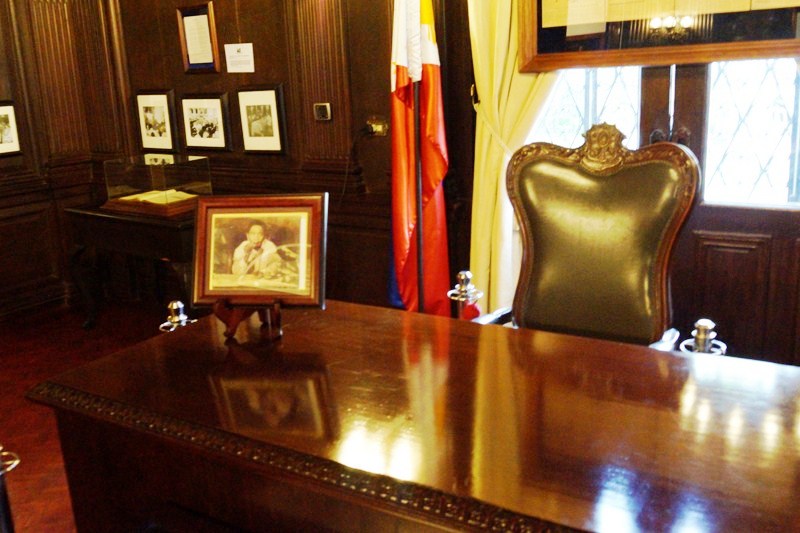
The desk used by Pres. Ferdinand E. Marcos when, on September 21, 1972, he announced Proclamation No. 1081 declaring Martial Law
Here, we even watch the actual black-and-white clip of his TV broadcast on a 1970’s TV set. Also on display is a reproduction of the text of Proclamation 1081, as well as facsimiles of important documents promulgated by former Chief Executives of the Philippines from Malacañang.
The Old Waiting Room, surrounded by old wooden hardwood panels and big mirrors from the Spanish occupation, with carvings of cherubs and eagles looking down from the walls, showcases presidential campaign materials and paraphernalia dating back to the time of Manuel Roxas, the fifth president.
They include such items as the neon yellow Noynoy Aquino shirt, the bright orange “Erap Para sa Mahirap” (Erap for the Poor) jacket plus various materials from presidential candidates that didn’t win (posters of Jose de Venecia, Jr., Raul S. Roco, etc.). We also listened to “Mambo Mambo Magsaysay,” appreciating the rock ‘n roll element of this 1950s ditty that was Ramon Magsaysay’s famous campaign jingle.
Our last tour stop was the Presidential Studio, basically a function room that was officially last used in 2012 for the wake of the late Secretary of the Interior and Local Government Jesse M. Robredo. Here, we had our picture taken behind the podium, carrying the official seal, which the President uses when he rehearses for the SONA (State of the Nation Address).
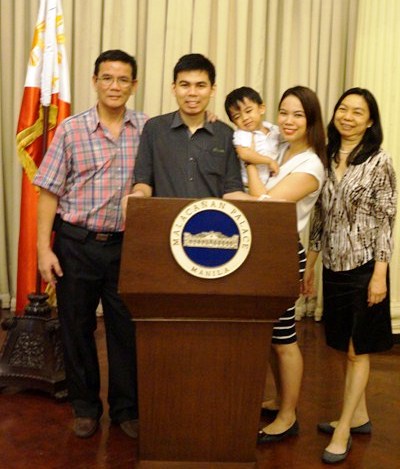
My family at the podium, carrying the official seal, which the President uses when he rehearses for the SONA (State of the Nation Address).
On our way out, we passed by the tiny souvenir’s booth near the exit door. Here, you could buy some nice, affordable and unique souvenir items such as bags, mugs and T-shirts with palace’s logo, plus the usual stuff such as key chains and ball pens.
Our worthwhile tour, aside from showing us some amazing rooms and exhibits in the Palace plus some exquisite works of art, also added an insightful take into events that transpired within Kalayaan Hall, helping us delve deeper into the symbolism and meaning of Malacanang Palace, a silent witness to the men and women who have led this nation, for better or for worse, for the past 100 years. Truly a tour for any history buff or for those who are simply looking to discover and learn.
Malacañang Museum and Library: Kalayaan Hall, Malacañang Palace Complex, 1000 J.P. Laurel, Sr. St., San Miguel District, Manila. Open Mondays to Fridays, 9 AM to 12 noon and 1 – 3 PM. Tel: (632) 784-4286 local 4945 or 4645. Fax: (632) 784-4286 local 4722. Admission: PhP50 (PhP30 for students and senior citizens). Website: www.malacanang.gov.ph.
Visits are strictly by appointment only and can be initiated by writing or faxing the Director at least seven days in advance. The communication must contain the full names and nationalities (for foreign nationals, a photocopy of his or her passport main page must be attached to the reservation form) of all people included in the visit, as well as the desired date and time of the visit and contact information. This information is required for security clearance by the Presidential Security Group. Once the communication has been received, the Visitor and Tours Coordinator at the Malacañang Museum will facilitate the request and confirm the visit. Confirming that the request has been duly received is the responsibility of the requesting party. Approval or denial of the request can be confirmed one day before the date of visit. Groups that are late by more than 30 minutes beyond their scheduled tour appointment shall not be entertained. They may, however, be moved to the next available slot by the Tour Coordinator.
Those not included in the guest list shall not be allowed entrance to the Palace grounds. Visitors to the Museum are advised to adhere to a smart casual dress code. Those wearing shorts, sleeveless tops, and slippers shall not be granted entry to the Palace grounds. All visitors are provided with a tour guide.
Photography is allowed, but is restricted to within the Malacañang Museum. However, taking video footage is prohibited without prior clearance from the Presidential Security Group. All scheduled visits and tours are subject to rescheduling or cancellation on the advice of the Presidential Security Group.
Entrance is through the Kalayaan Gate. Visitors in private vehicles or by taxi can enter the Malacañang environs through either Arlegui Street or J.P. Laurel Street Entrances and either park or disembark in the Mendiola Street Car Park, after which a short stroll along J.P. Laurel Street will bring them to Kalayaan Gate. Visitors on foot can also arrive via the General Solano Street or San Rafael Street Entrances.

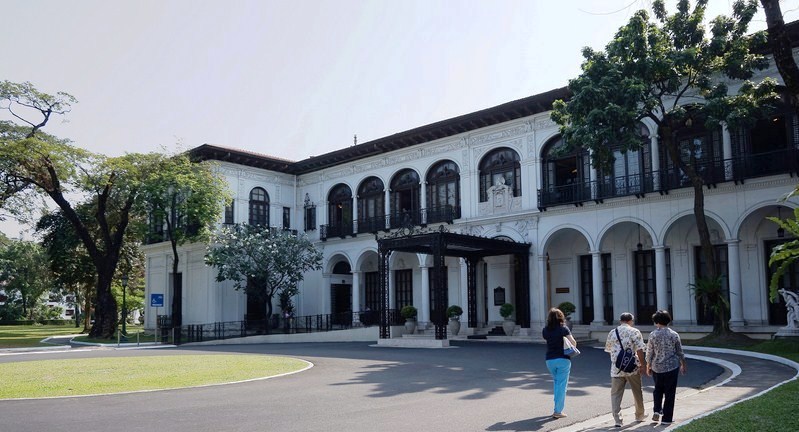
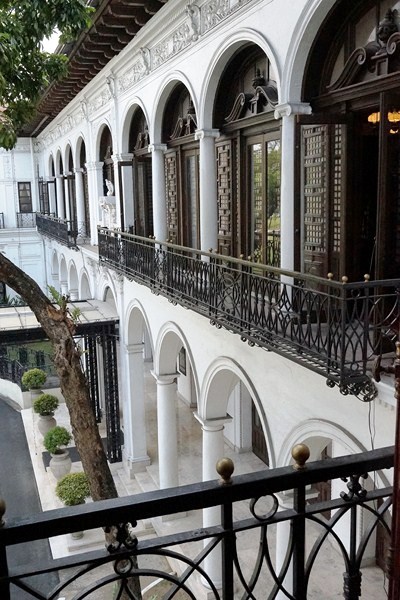
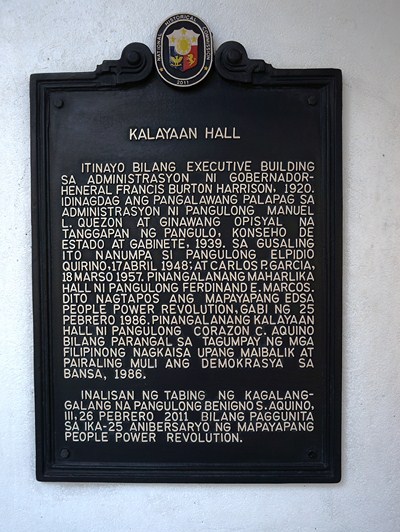
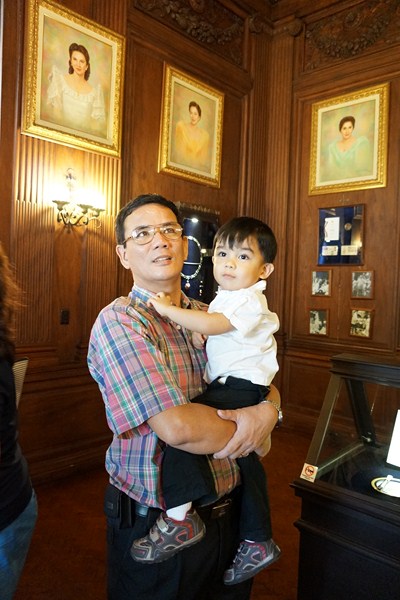
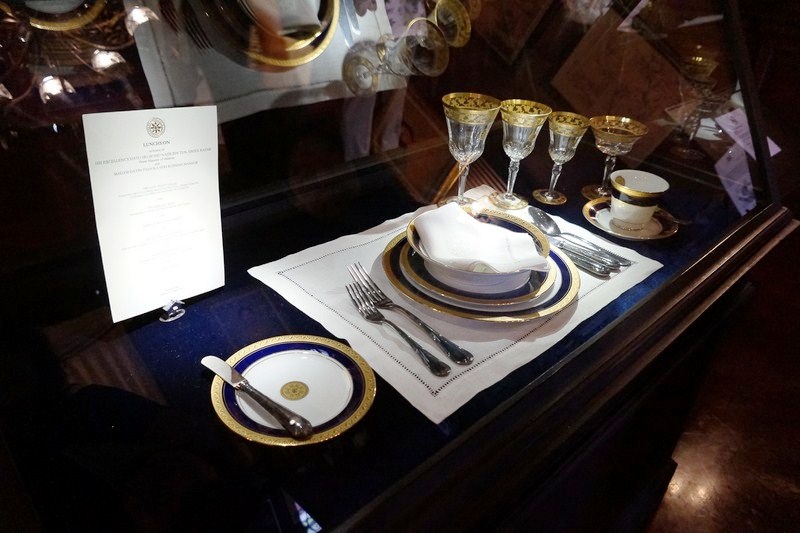
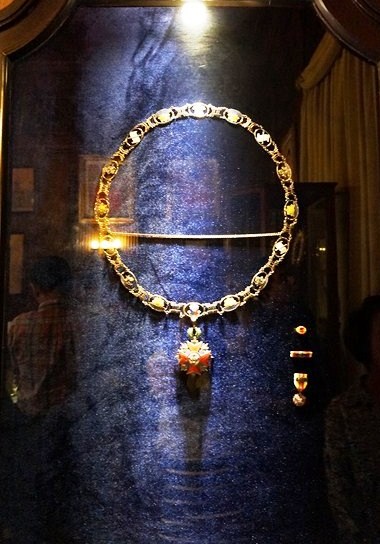
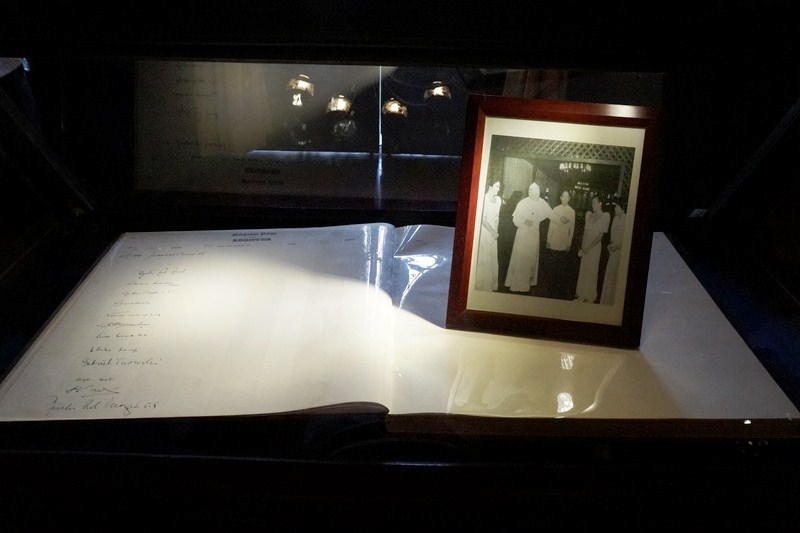
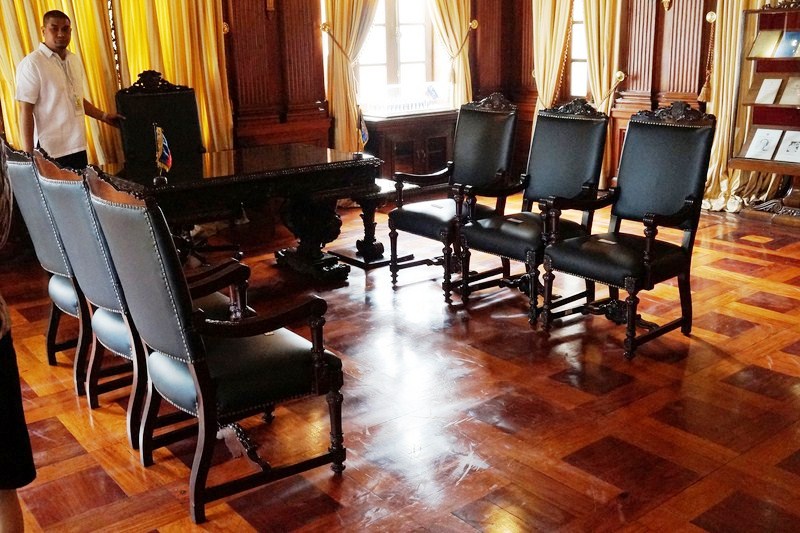
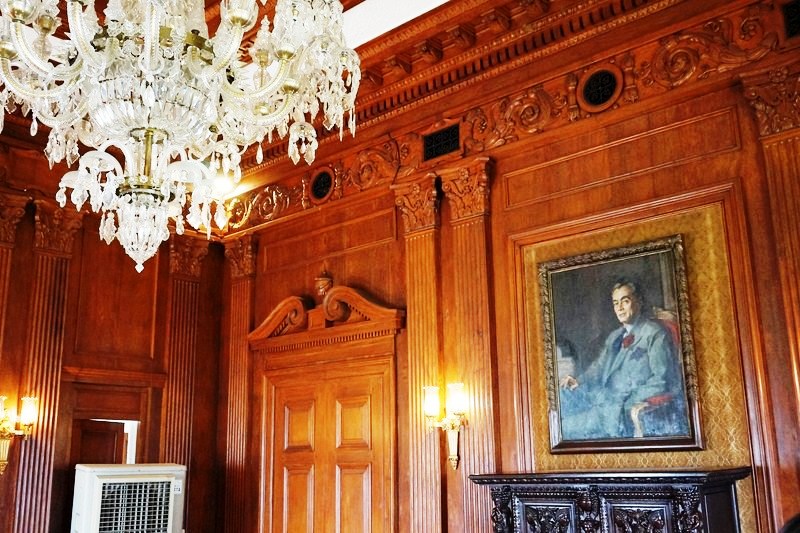
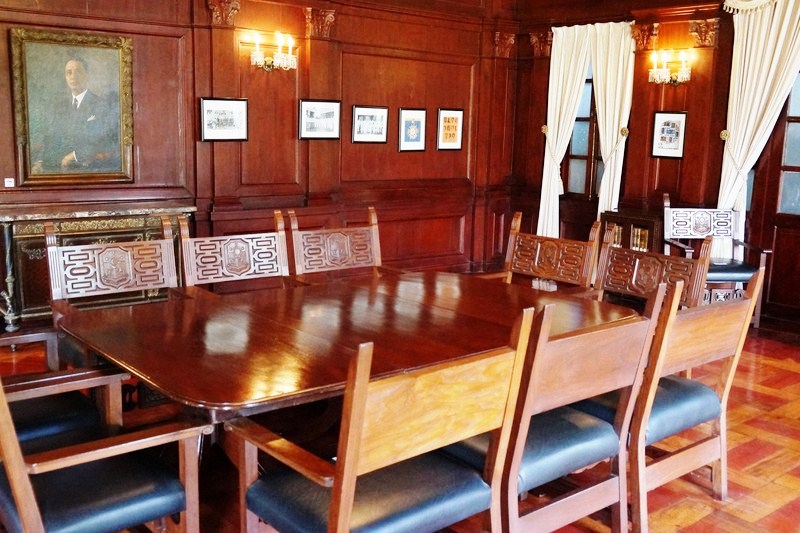
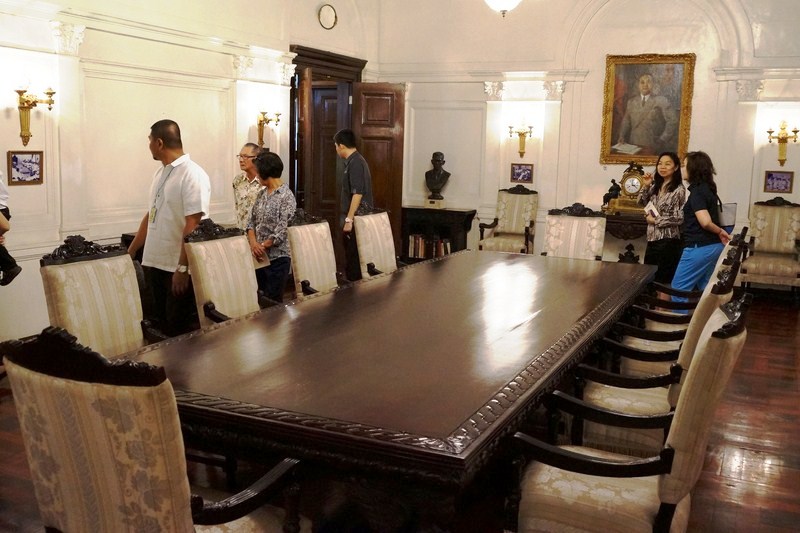
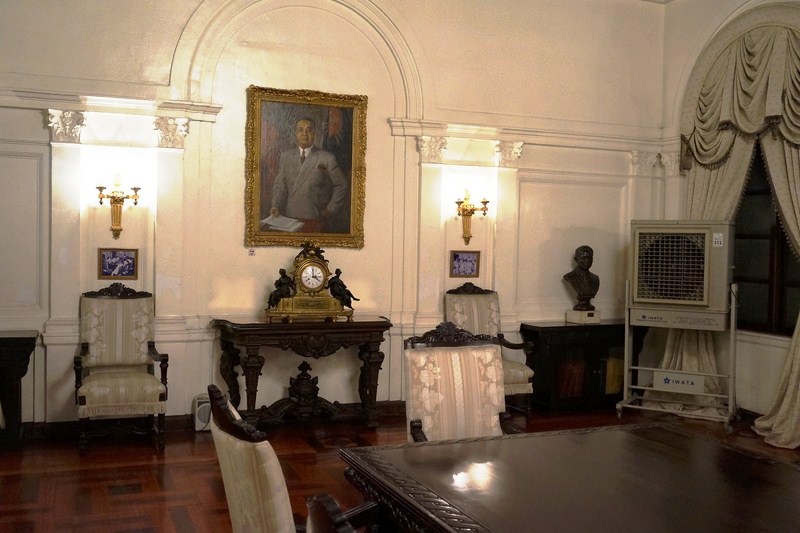
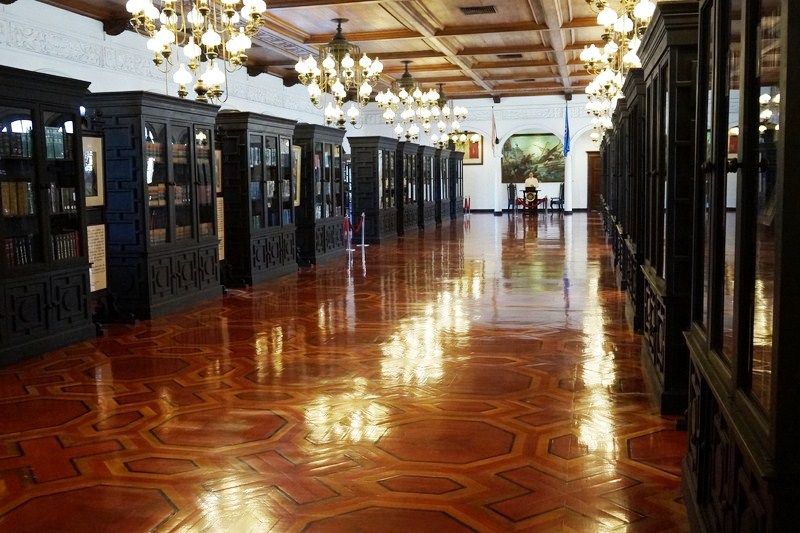
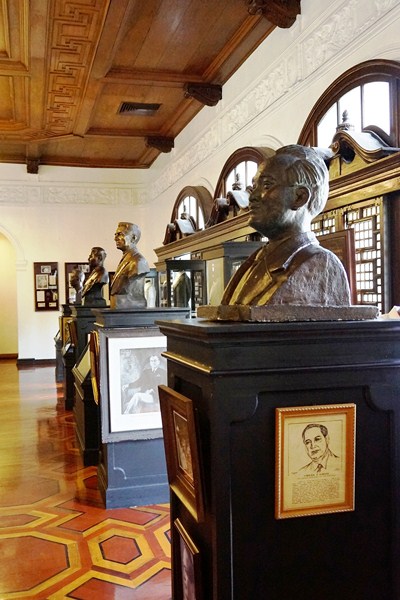
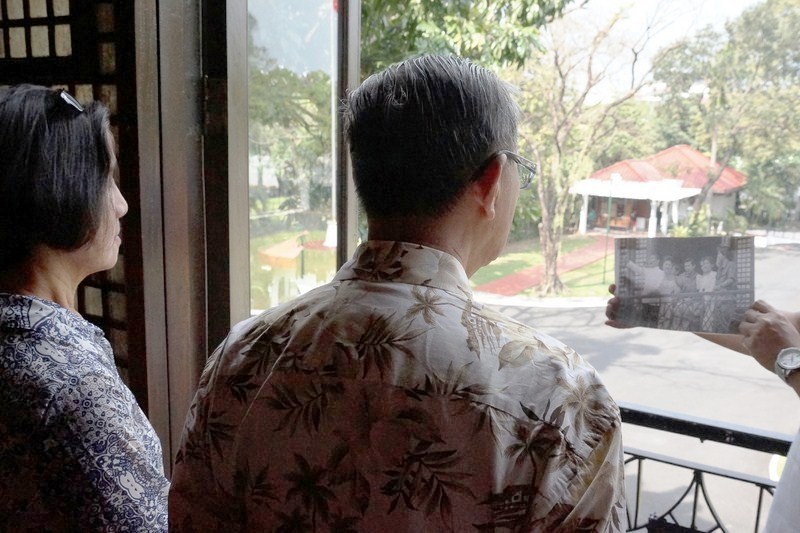
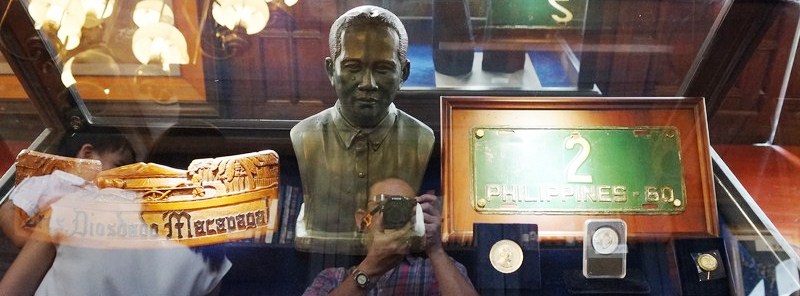
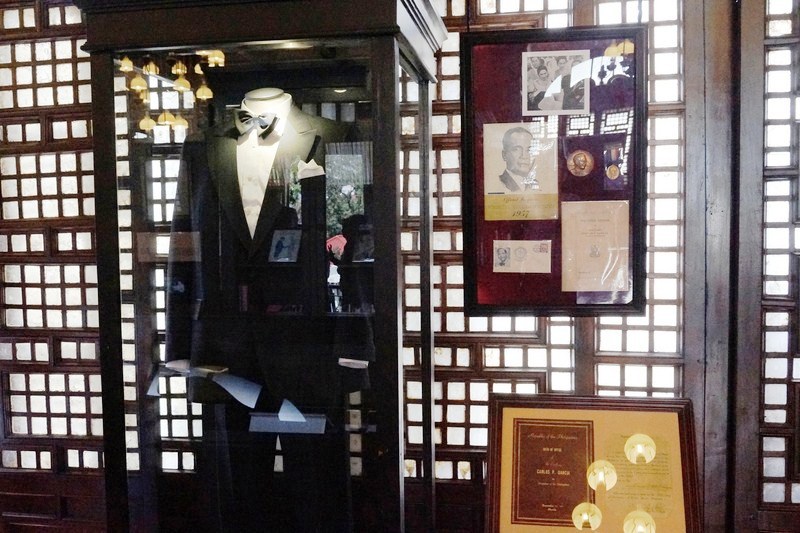
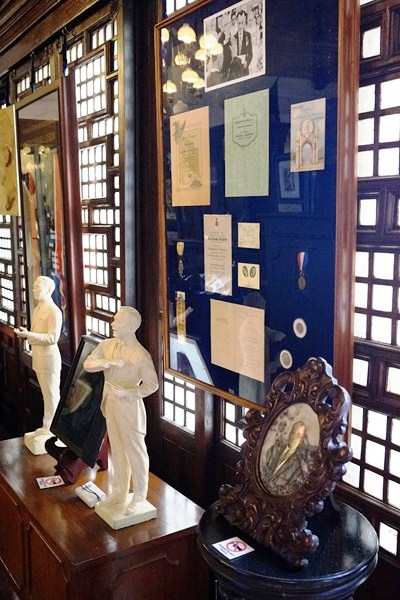
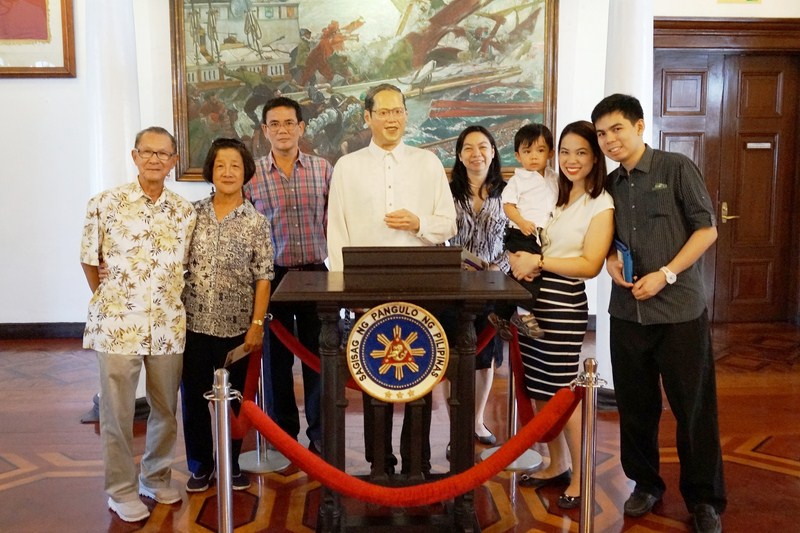
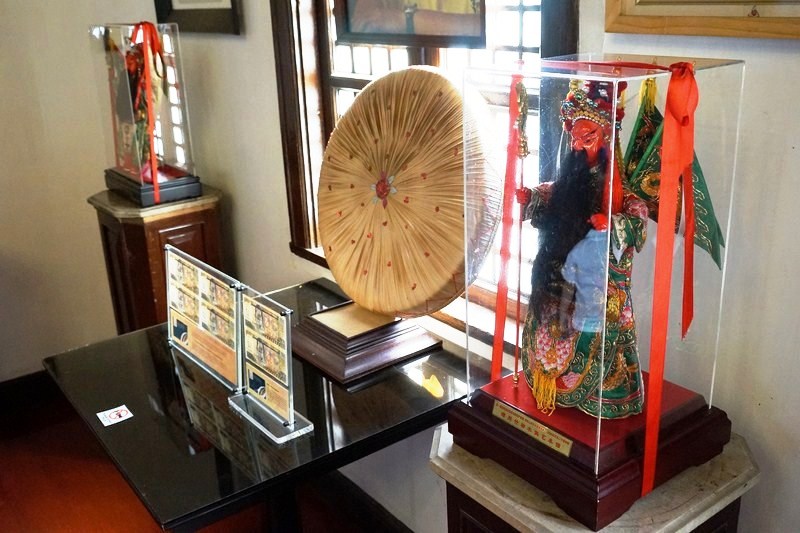
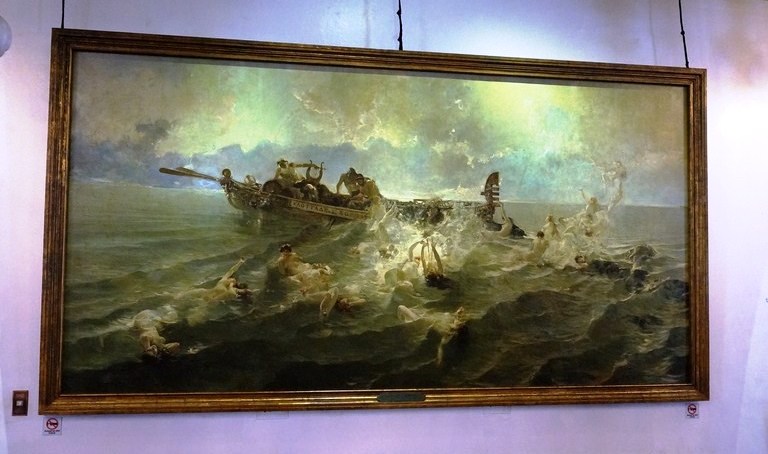
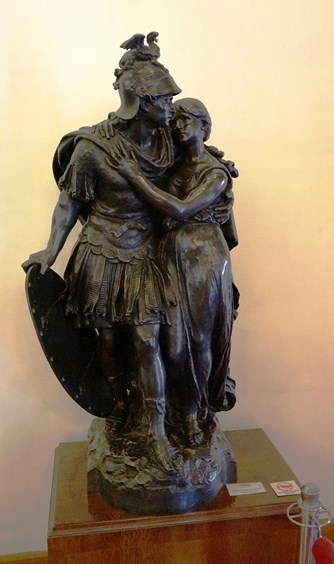
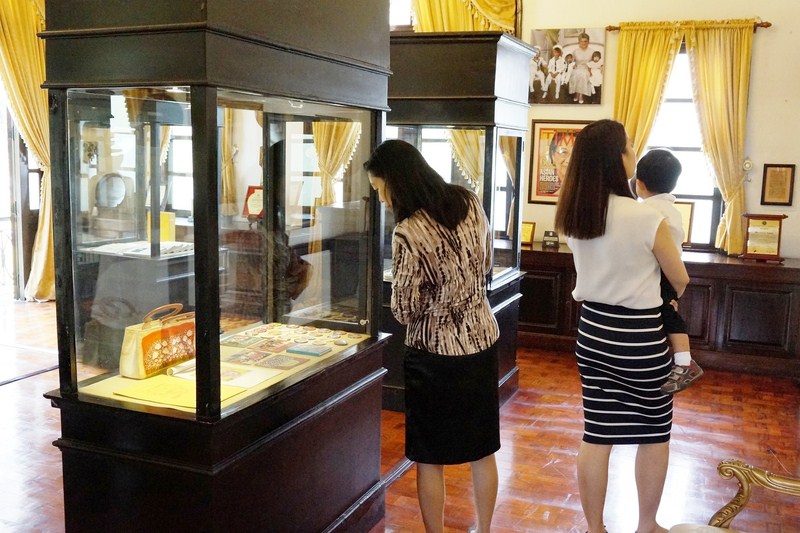
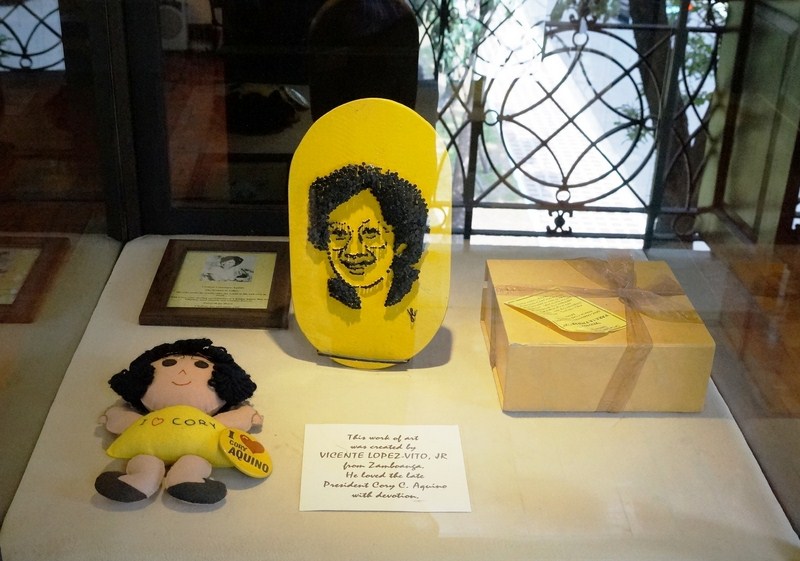
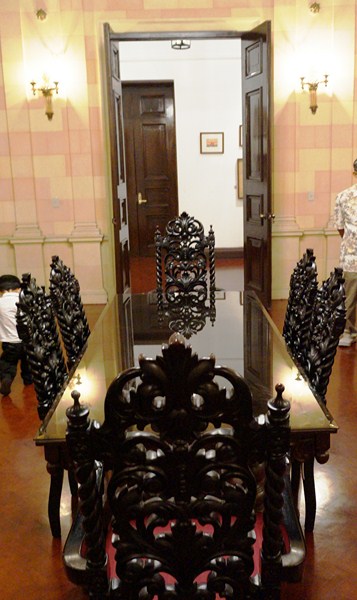
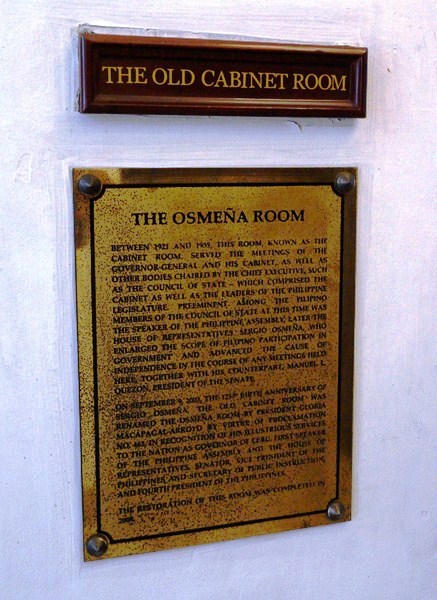
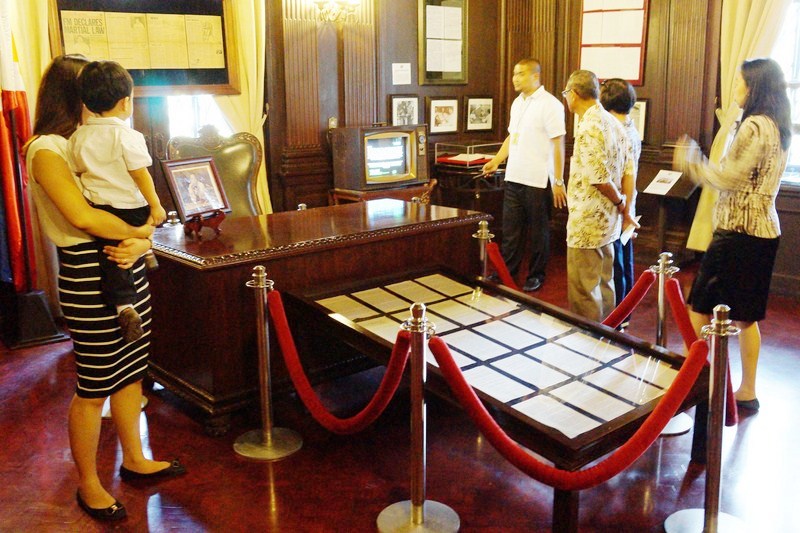
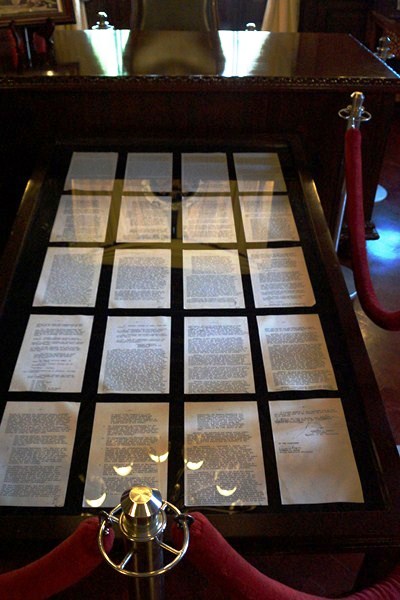
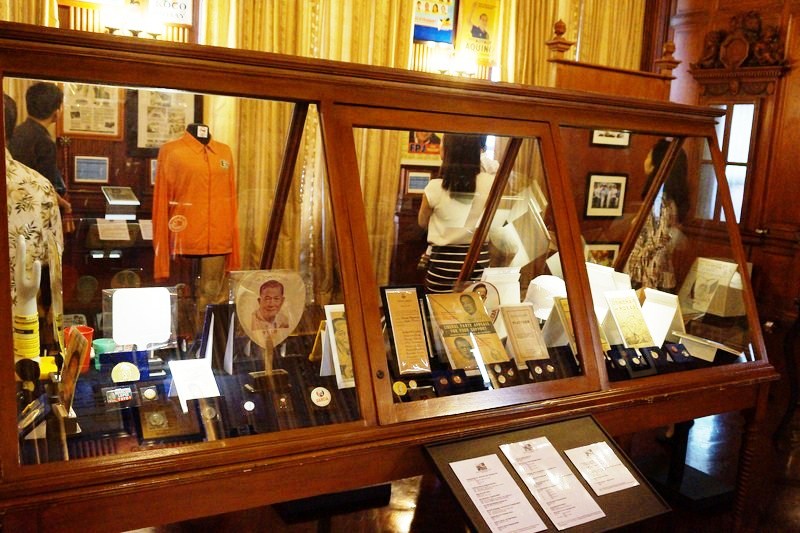
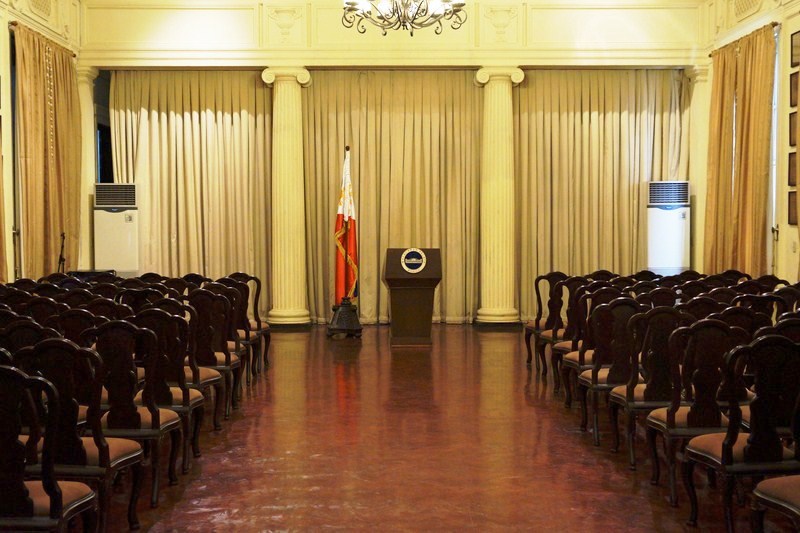
Hi!
Love the security content on your site! You know, most websites get traffic from their blog, and we feel that you could use a little boost, since you are not blogging daily yet.
Blogging takes a lot of time and effort, and we have just the team to come up with great content you are looking for.
You can have a brand new article to post on your website starting at $10 in as little as 5 days!
Check out our work and reviews here: https://goo.gl/KGRAi4
Thanks for your time,
Have a great day.
If you like to opt-out of future communications from us,
please submit your request here:
https://goo.gl/u4rPbG
I like the helpful info you provide in your articles. I’ll bookmark your weblog
and check again here frequently. I am quite certain I will learn a lot
of new stuff right here! Good luck for the next!
Your style is unique in comparison to other folks I’ve read stuff from.
I appreciate you for posting when you have the opportunity, Guess I will just bookmark this site.